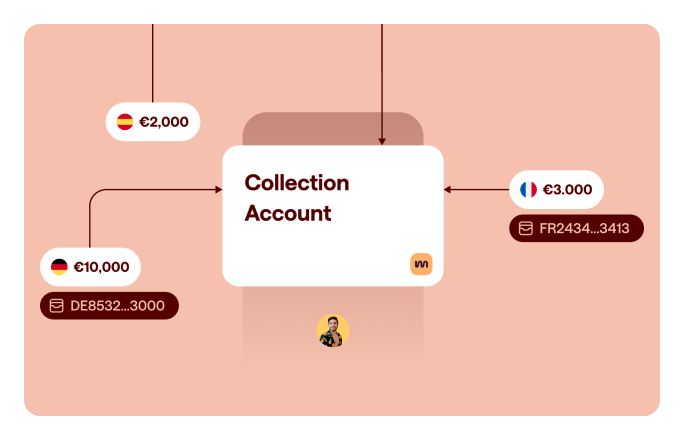The impact of marketplace payment methods on customer experience
How do marketplaces meet customer expectations today?
Many consumers, especially the younger generation, have become accustomed to turning to the leading marketplaces, particularly Amazon, to research products. However, despite their popularity, these platforms should by no means neglect customer experience because this new generation, the "Now" generation, does not wait. It is, therefore, necessary to offer the right products instantly in each customer context. That's why it's important to collect, report, and use marketplace data to improve customer experience during the buying journey.
In short, the retailer is there to serve the consumer. You have a term to describe this phenomenon, the "Metail Economy". Could you elaborate?
Consumption is now centered on "me". Everything starts with the customer today: it's the customer who has the power to decide, not the retailer. The power has definitely been transferred to the consumer, who now has almost unlimited access to information and products. This is why we refer to it as the "metail economy" at AlixPartners.
Marketplace operators must no longer consider customers as groups of consumers but as unique individuals. As a result, understanding and knowing the customer becomes essential to performance. In these conditions, to succeed in today's competitive market (and even more so on marketplaces!) the retailer must become a "Metailer". This requires certain investments to satisfy customers and prospects by offering them the best possible customer experience.
What is the impact of payment on the customer experience on marketplaces?
Marketplaces have complex payment requirements. They have to manage buyers, sellers, and transactions on a local, European, and even global scale. For example, we know that payment preferences vary from country to country. Hence, it is important to offer payment methods that local customers want to use in the marketplace. Also, to reach more customers, it is important to allow them to choose the payment methods they are familiar with and trust: e-wallets, deferred payments, etc. For example, in the United States, young people in their 20s and 30s use deferred payment for most of their transactions on marketplaces. Therefore, for a brand that wants to establish itself in this market, to not offer this payment method is unthinkable.
Should payment be considered a service?
Of course, it is an essential service. It has been proven that customers abandon their carts if the marketplace does not accept their favorite payment methods. Today, the marketplace does not just offer products to buy but a complete shopping experience, which includes fast and reliable payment of one's choice, delivery service, recovery in case of breakdown, etc.
In your opinion, should marketplace operators automate the payment process?
One of the challenges of hosting a marketplace is, of course, managing high volumes. To operate a successful marketplace, it is essential to have a large catalog, which means onboarding a large number of vendors who will attract a large number of consumers. Very quickly, the financial flows surge, which complexifies operations. However, buyers and sellers alike expect an increasingly simple and seamless identification experience. However, we know that the KYC process is relatively long and tedious, with an increasing number of supporting documents being collected. Hence the need to automate these processes. Marketplace operators will, therefore, rely on a service provider capable of automating these procedures and ensuring a reliable and fast verification service. The latter becomes a true partner in securing payment and exchange.



